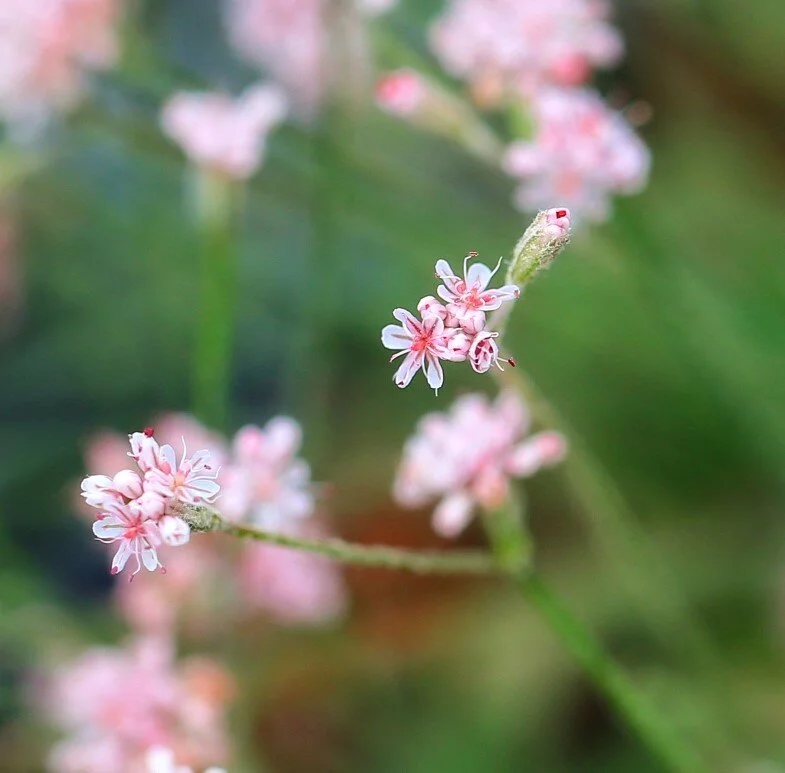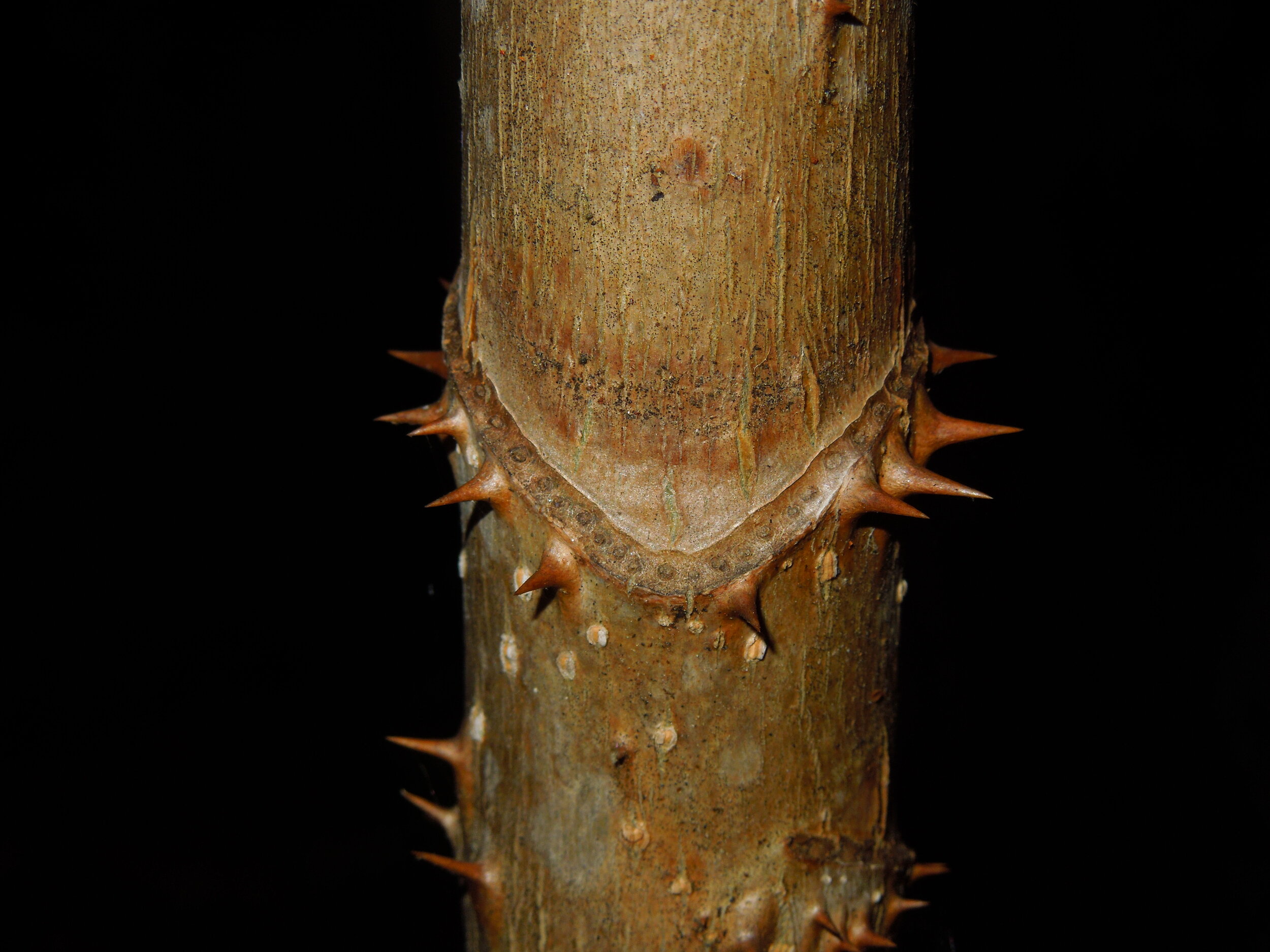It's that time of year in northern North America where many of the most famous and easily recognized species come into flower, the asters. Some of my favorite plants once resided in this genus, but did you know that referring to our North American representatives as "asters" is no longer taxonomically accurate?
Since the time of Linnaeus, plants and animals have been categorized based on morphological similarities. With recent advances made in the understanding and sequencing of DNA, a new and more refined method of classifying the relationships of living organisms has been added to the mix. Much of what has been taken for granted for the last few decades is being changed. One group that has been drastically overhauled are the North American asters. At one time there were roughly 180 species of North American flowering plants that found themselves in the genus Aster. Today, there is only one, Aster alpinus, which enjoys a circumboreal distribution.
Because the concept of "Aster" was developed using an Old World species (Aster amellus), New World asters were not granted that distinction. The New World species have shown to have their own unique evolutionary history and thus new genera were either assigned or created. By far, the largest New World genus that came out of this revisions is Symphyotrichum. This houses many of our most familiar species including the New England aster (Symphyotrichum novae-angliae). Some of the other genera that absorbed New World aster include Baccharis, Archibaccharis, Ericameria, Solidago, and Machaeranthera, just to name a few.
Taxonomy is often a difficult concept to wrap your head around. It is constantly changing as we come up with better ways of defining organisms. Even the concept of a species is something biologists have a hard time agreeing on. Surely, genetic analyses offer some of the best methods we have to date, a fact that the Angiosperm Phylogeny Group is constantly refining.
For some, this is all a bunch of silly name changes but for others this is the most important and dynamic form of natural science on the planet. Having a standard for naming organisms is a crucial component of understanding biodiversity. With a name, you can take the next step in getting to know and understand a beloved species. One thing to consider is that, as species are split and regrouped, often times what was thought to be one species turns out to be many. In the case of organisms which are threatened or endangered, a split like that can unveil a disastrous elevation into a far more dismal ranking.






![[SOURCE]](https://images.squarespace-cdn.com/content/v1/544591e6e4b0135285aeb5b6/1476050337396-B0EJXQ0NRP0XQ0612J5E/image-asset.jpeg)






![Photo Credit: Alex Popovkin [SOURCE]](https://images.squarespace-cdn.com/content/v1/544591e6e4b0135285aeb5b6/1474402759813-0QW7C1YHT9QR1LWTV1E6/image-asset.jpeg)
![Photo Credit: Alex Popovkin [SOURCE]](https://images.squarespace-cdn.com/content/v1/544591e6e4b0135285aeb5b6/1474431014704-5HF3VTU24OZ8ER8HOWKC/image-asset.jpeg)




















